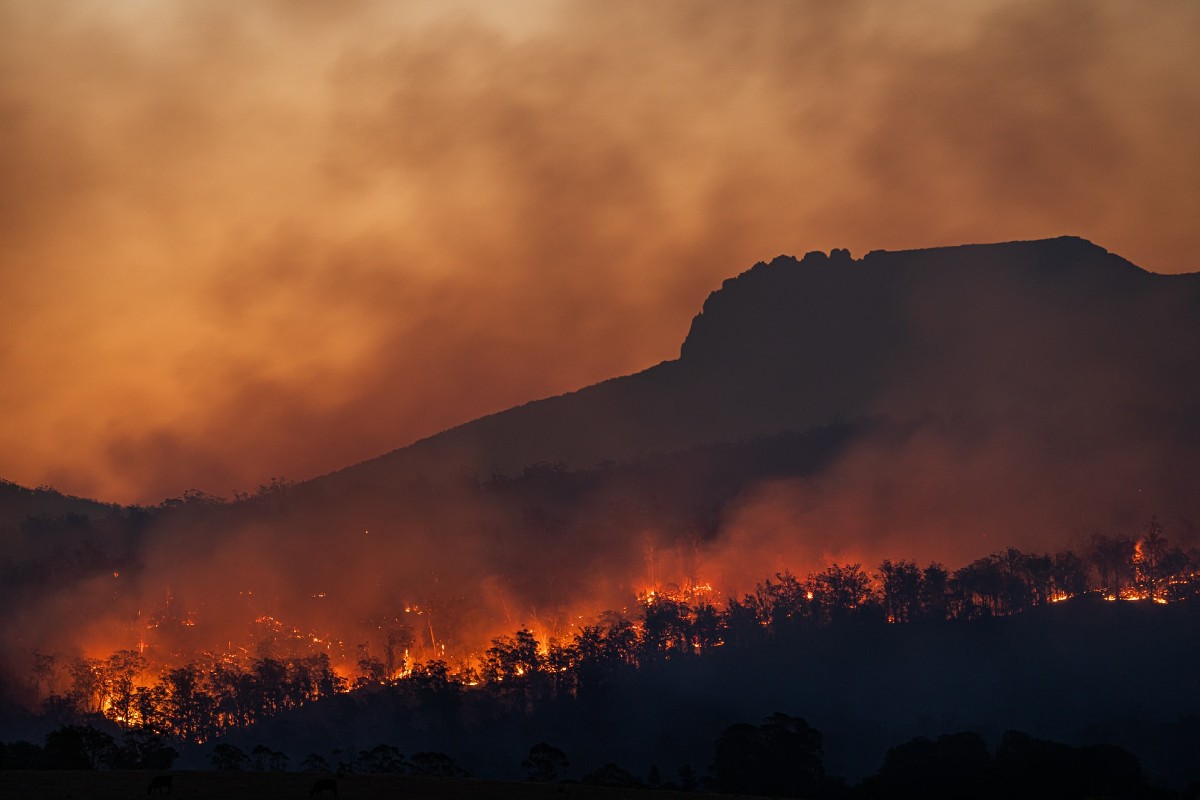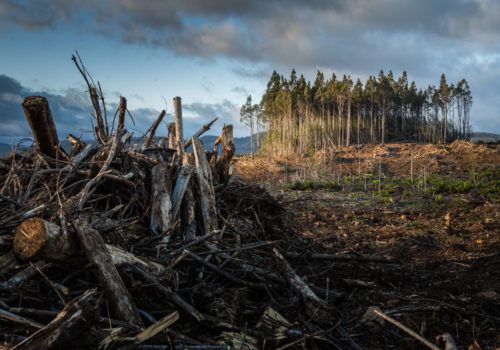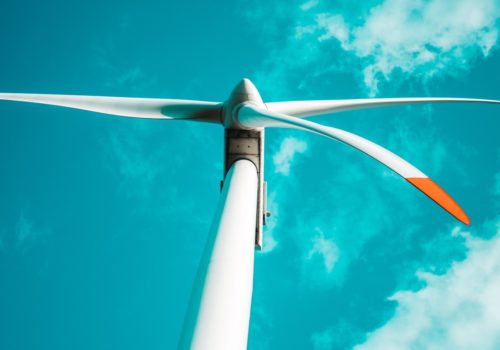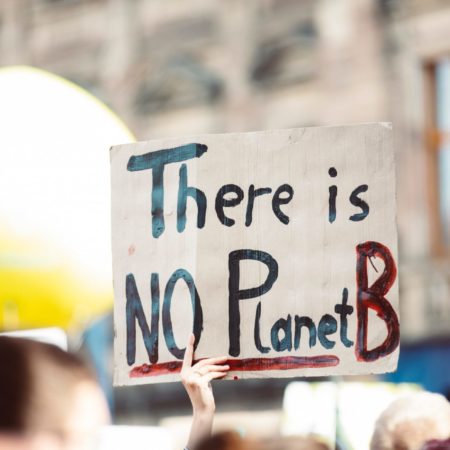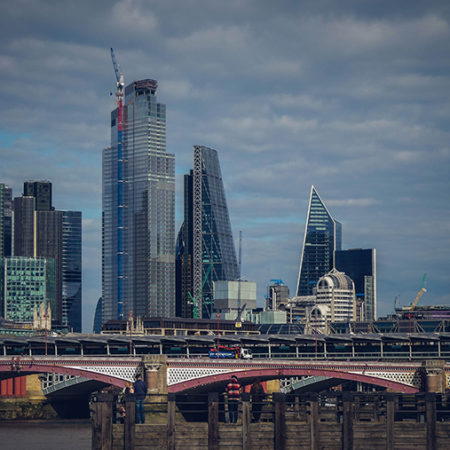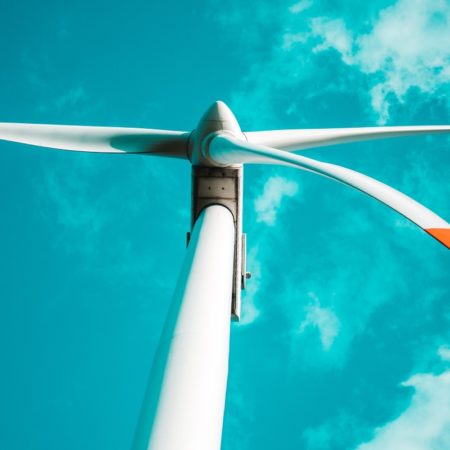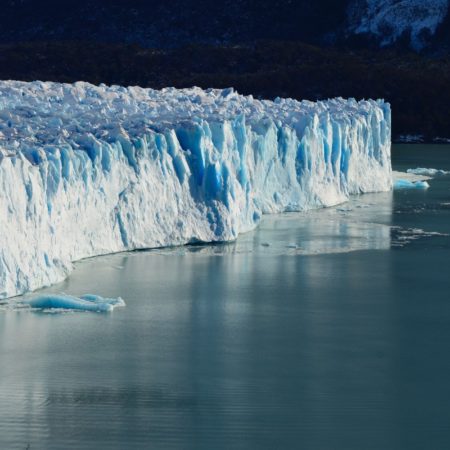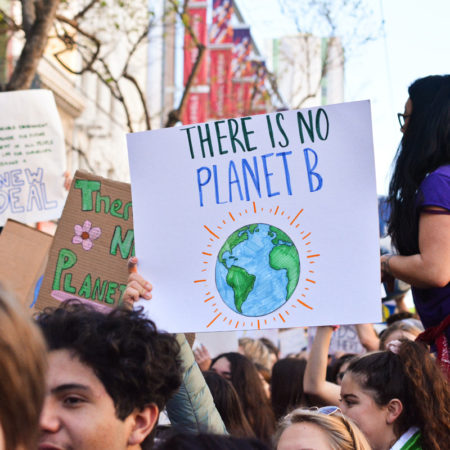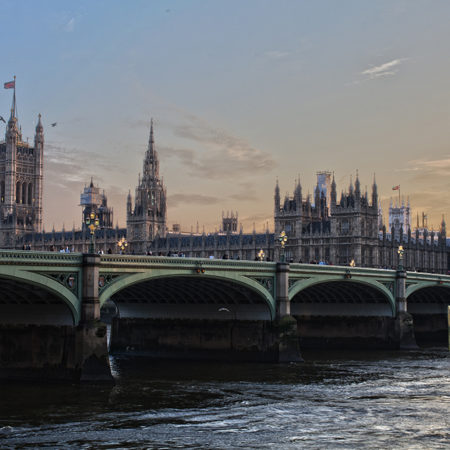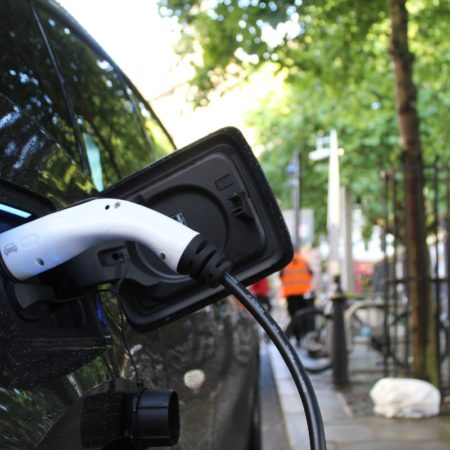Initially thought unlikely, increasingly it appears COP26’s 1.5C goal might be a possibility, or if not, something very close indeed. What’s progress to date?
When COP26 began, Prime Minister Boris Johnson was guarded about the chances of successfully hitting its 1.5C goal.
However, he now describes himself as cautiously optimistic about the chances of COP26 success as he left the summit to return to London, saying we’ve pulled back a goal.
En route to the G20 talks in Rome, the British Prime Minister had earlier said the world was five-nil down in the fight against climate change, but he struck a more positive note on day two of the UN talks in Glasgow.
Johnson’s message to world leaders was to, “Guard against false hope and not think in any way the job is done, because it’s not.”
Nonetheless, his controlled enthusiasm has to an extent been echoed among wider analysts and media. Whilst there are challenges remaining, on the whole the sense appears COP26 has a shot at 1.5C.
The key COP26 drivers for 1.5C
By far and away the most important news came on Thursday 4 November. The Independent wrote that COP26 pledges would at this stage limit warming to 1.8C.
The crucial analysis comes from a seriously reputable source; The International Energy Agency (IEA). It suggests the world would see a temperature rise of 1.8C following COP26 pledges, down from the 2.7C mooted before the summit and the 1.9C put forward by University of Melbourne researchers the day previously.
Bloomberg’s analysis went further. It explains that among the dozens of new promises made by countries at COP26, India announced a target for Net Zero emissions by 2070, while nearly 100 nations signed a joint US/European Union pledge to collectively reduce global methane emissions 30% below 2020 levels by 2030.
Fatih Birol, Head of the IEA, said they had totted up the figures and concluded the world is now on track for 1.8C warming. That projection may encourage COP26 President Alok Sharma who has said he wants to use the fortnight of talks to keep alive the chance of limiting warming to 1.5C compared with pre-industrial levels.
Birol told the Evening Standard progress at the talks was extremely encouraging and said that if countries live up to their promises they could help limit the damage to the planet.
He said on Thursday 4 November: “In the last few days we have heard several pledges and commitments from countries, in terms of their Net Zero emissions by 2050, some of them are a bit longer term.
“We also heard that more than 100 countries have pledged to reduce their methane emissions. Yesterday night I asked my colleagues to run our models once again. What would it mean if all the pledges announced as of yesterday night were to be implemented, where are we in terms of temperature increases?”
Birol confirmed to The Standard that the result was extremely encouraging. “If all the pledges on carbon neutrality and methane pledges were to be fully implemented we would have a temperature increase trajectory which is 1.8C. This is excellent.”
1.8C or lower?
The BBC writes that the core goal of this summit is to limit global temperature rise to 1.5C (in order to protect us from the worst effects of climate change), but before COP26, we were warned that the planet is on track for a 2.7C degree increase.
There are two caveats now. Firstly, the conference runs for another week or so. It’s not impossible to imagine that in such a timescale further pledges may be made that would put the world on course for 1.5C, if IEA modelling proved this to be the case.
And here the most important caveat comes in. For any of this to work, countries must deliver on their promises for any prediction to become a reality.
Time and again in the environmental sector we have seen pledges and promises ignored; from deforestation corruption in developing countries to EU level failures to prosecute member states on air pollution.
All the talk in the world is cheap. A signature on a piece of paper is nothing without a committed government. Additionally, political cycles can ruin the validity of agreements, the example of Trump being a case in point.
Yet for all these realities, COP26 stands in a good place. Promises have been made and assessed by the world’s top energy agency. 1.8C appears within reach. From any perspective, mid-summit, that’s a result.


